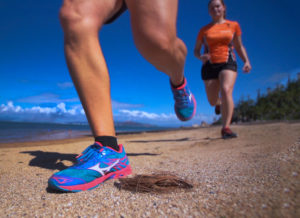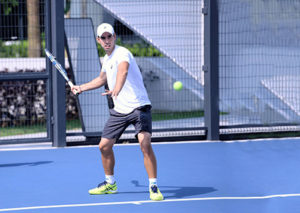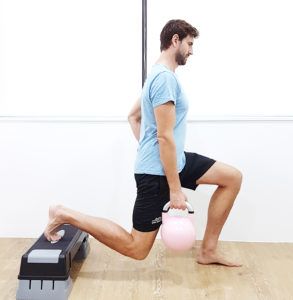ELBOW PAIN? Tennis elbow affects 50% of tennis players
Tennis elbow or Lateral Epicondylosis is an overuse injury. It occurs when the muscles and tendons in your forearm are strained due to repetitive or strenuous activity.
Research now suggests the best way to treat tennis elbow is with physiotherapy under a progressive controlled eccentric loading exercise programme. That is subjecting the tendon to gradual loading movements to stimulate the healing process. These types of loads result in a change of the tissue structure leading to repair. Check out below to learn more about tennis elbow with our senior physiotherapist, Kathryn.






